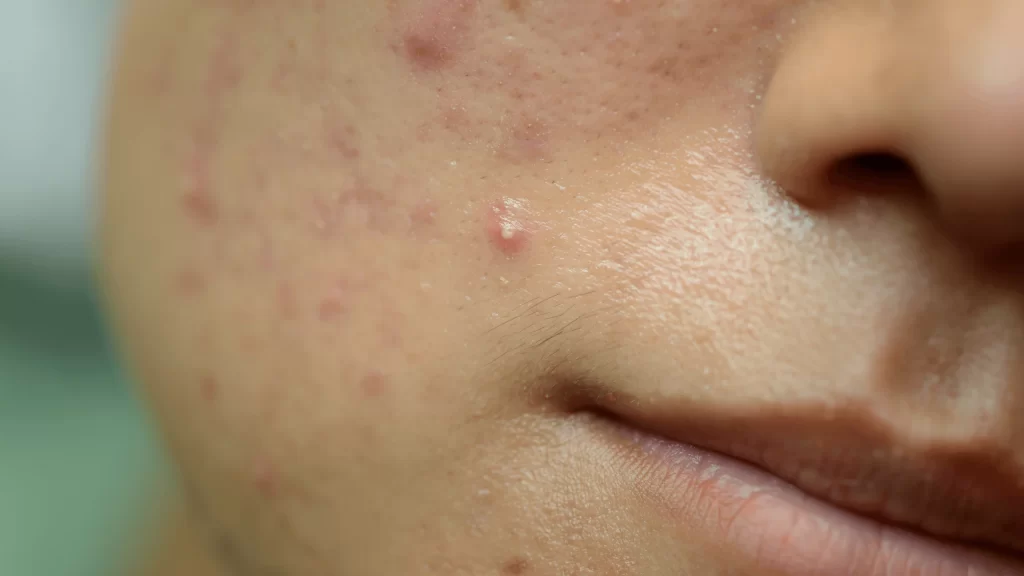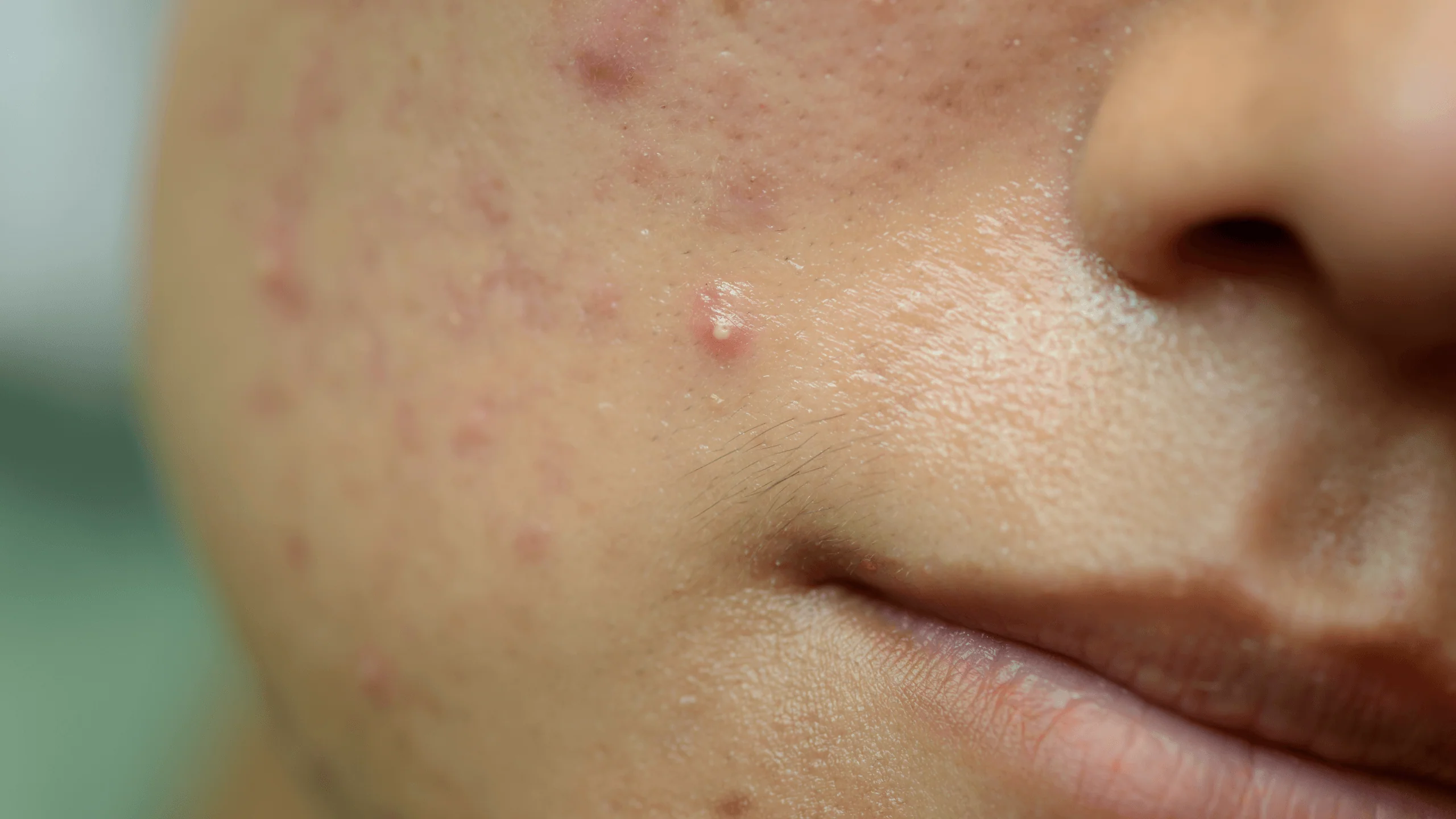Acne vulgaris is a widespread chronic inflammatory skin condition that affects individuals across various age groups, though it is most prevalent during adolescence and can persist or appear in adulthood. The complexity of acne’s pathogenesis involves several factors, including increased sebum production, follicular hyperkeratinization, inflammation, and colonization by Cutibacterium acnes (C. acnes). Additionally, changes in sebum composition and specific C. acnes phylotypes contribute significantly to the condition. A key underlying issue in acne-prone skin is the presence of subclinical abnormalities known as microcomedones, which are the initial stage of clinical lesions. These microcomedones result from the dysregulated differentiation of sebaceous stem cells, leading to epithelial hyperproliferation. Consequently, preserving the homeostasis of sebaceous stem cells has emerged as a novel therapeutic target in acne treatment.
Given the multifactorial nature of acne, comprehensive treatment strategies are essential. This pilot study investigated a topical formulation combining several active agents known for their beneficial effects on acne-prone skin. Retinaldehyde, a precursor of retinoic acid, is a mainstay in acne treatment due to its comedolytic and keratolytic effects, promoting cell renewal and demonstrating antimicrobial activity against C. acnes. Glycolic acid, an alpha-hydroxy acid, further enhances epidermal exfoliation and improves skin texture. The formulation also includes thermal spring water, recognized for its soothing and anti-inflammatory properties, which can improve skin tolerability to treatments. The unique addition is Silybum marianum fruit extract (SMFE), a bioactive extract with the potential to regulate keratinocyte differentiation and modulate comedone formation by acting on the comedone switch mechanism and protecting sebocytes from comedogenic agents. This combination was hypothesized to effectively reduce both inflammatory and non-inflammatory acne lesions while maintaining good tolerability and safety. The objective of the study was to evaluate the efficacy, tolerability, and safety of this topical formulation for the treatment of acne vulgaris.
Methods
This was a single-arm, open-label, prospective pilot study conducted with eight adult patients (four female, four male) aged 19 to 25, presenting with facial non-inflammatory, mild inflammatory, or moderate inflammatory acne. Participants applied the investigational product (containing 7% Silybum marianum fruit extract, 0.1% retinaldehyde, 6% glycolic acid, and thermal spring water) twice daily to the entire face for 30 days. Clinical assessments at baseline and Day 30 included the Global Acne Severity Scale (GEA Scale), lesion counting using Lucky’s method, the modified Cardiff Acne Disability Index (mCADI) for quality of life, and subjective efficacy/tolerability questionnaires.
Key Findings
• Clinical improvement was observed as early as Day 30.
• Significant reduction in total lesion count: A 19.79% decrease across the whole face (from 401.75 to 322.25, p=0.009). When excluding the nasal dorsum, the reduction was even more pronounced at 61.73% (from 65.00 to 24.88, p=0.004).
• Significant reduction in non-inflammatory lesions (comedones): A 16.63% decrease across the whole face (from 378.75 to 315.75, p=0.026). Excluding the nasal dorsum, non-inflammatory lesions decreased by 52.96% (from 40.13 to 18.88, p=0.004).
• Significant reduction in inflammatory lesions (papules, pustules, nodules): A 70.97% decrease across the whole face (from 23.25 to 6.75, p=0.016). Excluding the nasal dorsum, inflammatory lesions decreased by 71.10% (from 21.63 to 6.25, p=0.011).
• GEA scores progressively improved, with 25% of subjects achieving clear skin (lesion-free) at Day 30.
• The mean modified CADI score decreased by 18% (from 6.25 to 5.13), indicating an improvement in patient quality of life, though this change was not statistically significant.
• The product demonstrated good tolerability and safety, with no treatment discontinuations. Only one participant reported transient stinging on the first day, which resolved spontaneously.
• Subjective evaluations indicated that most participants (75%) rated the product as good or excellent for controlling oiliness, and 87.5% rated it as good or excellent for controlling new acne lesions.
For future implications, these findings suggest that this combination may represent a promising new therapeutic option for managing mild to moderate acne, particularly for patients seeking well-tolerated treatments with both anti-inflammatory and comedolytic actions. However, as a pilot study with a limited sample size and no control group, further randomized, controlled studies with larger participant cohorts and active comparators are essential to confirm these preliminary results and to explore long-term outcomes. Such research would provide more robust evidence for its widespread clinical adoption.
Link to the study: https://tinyurl.com/2yzdd9vd


